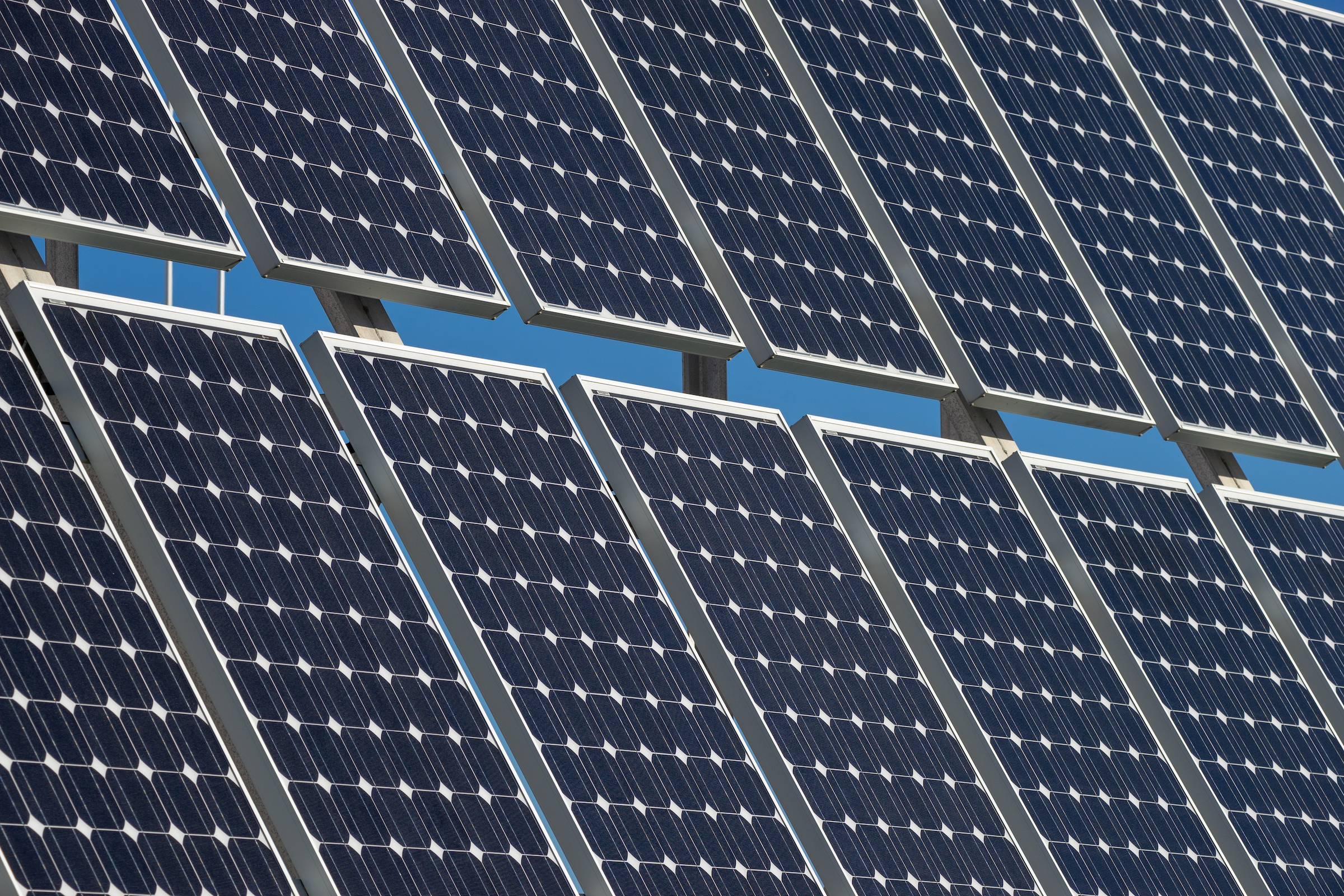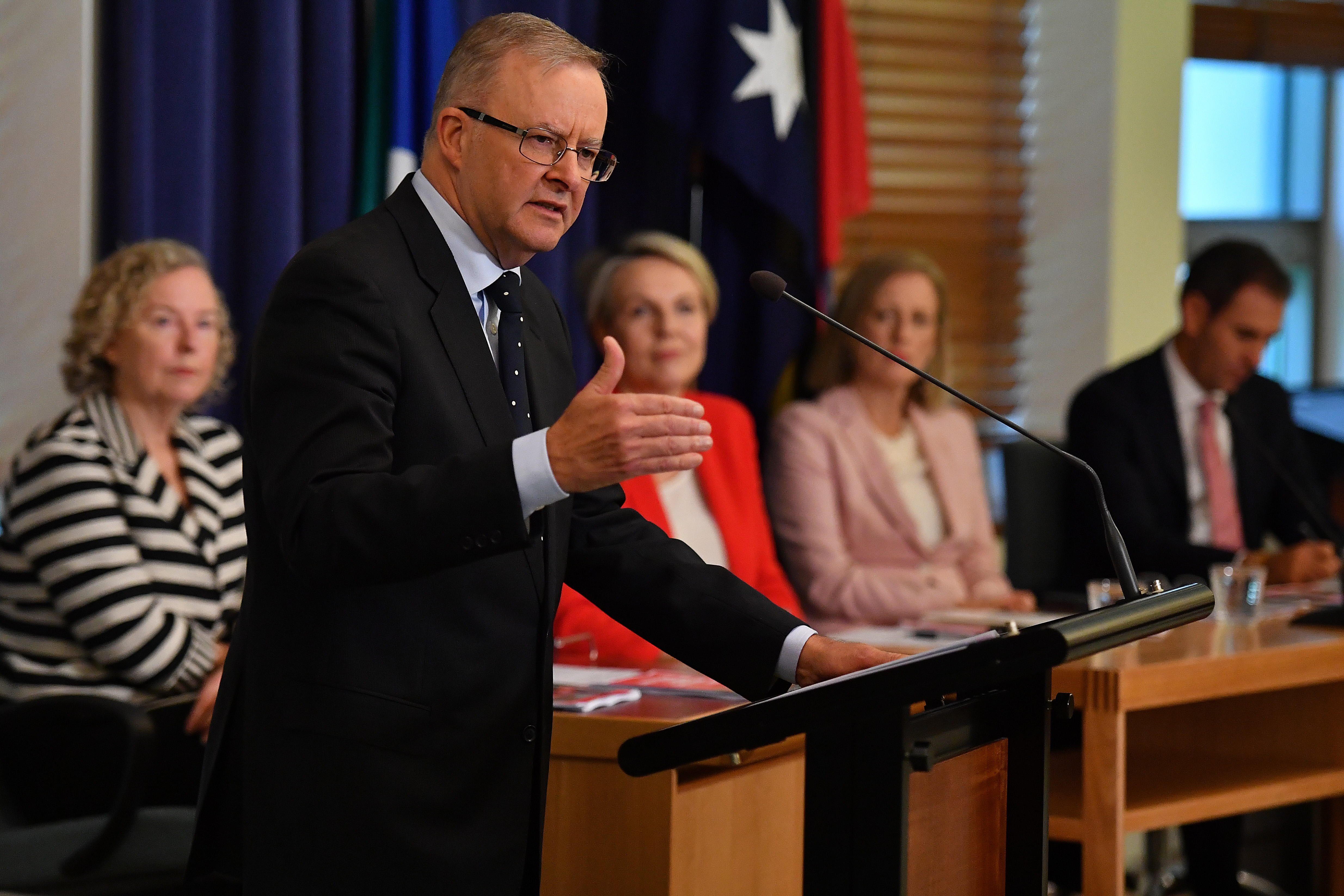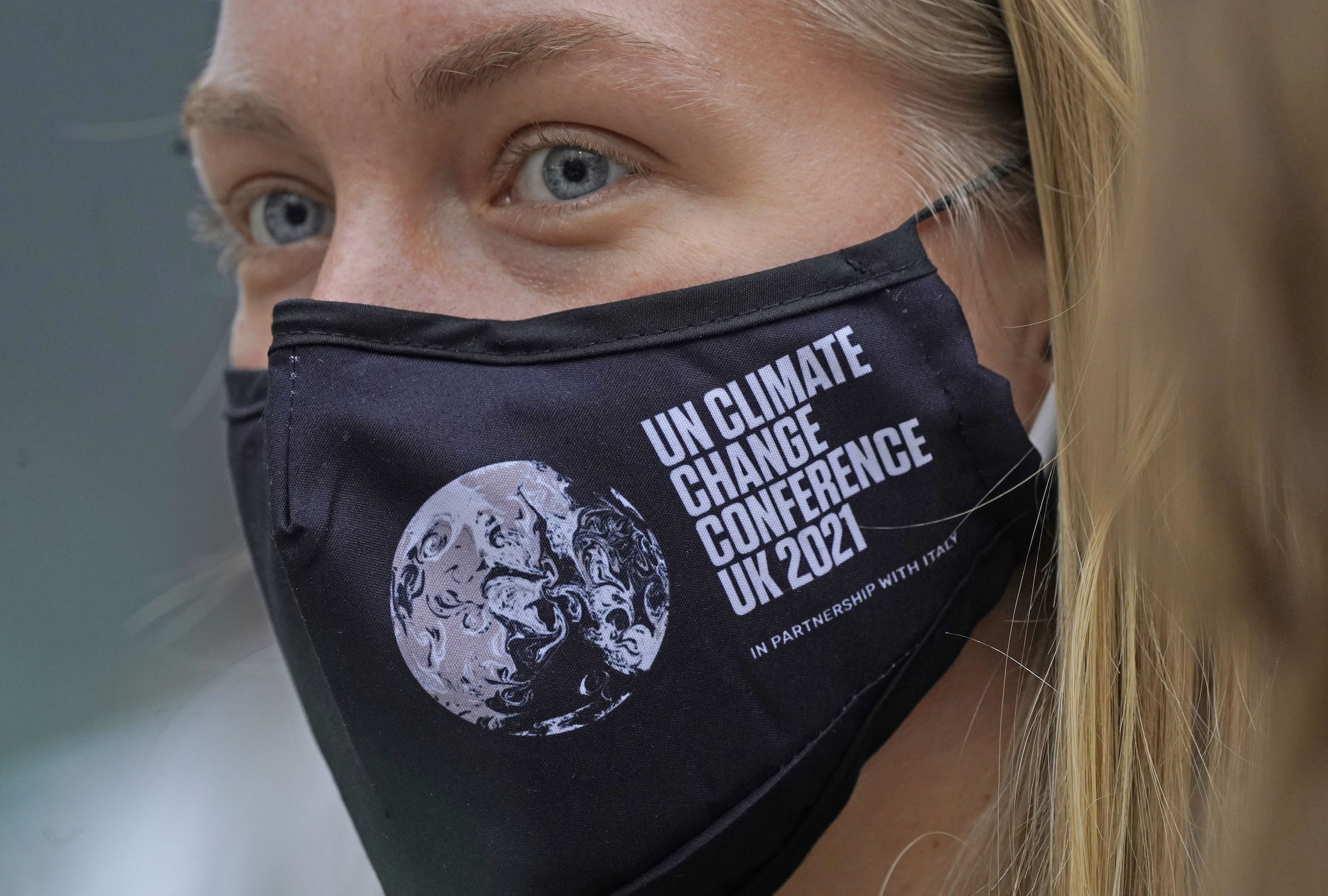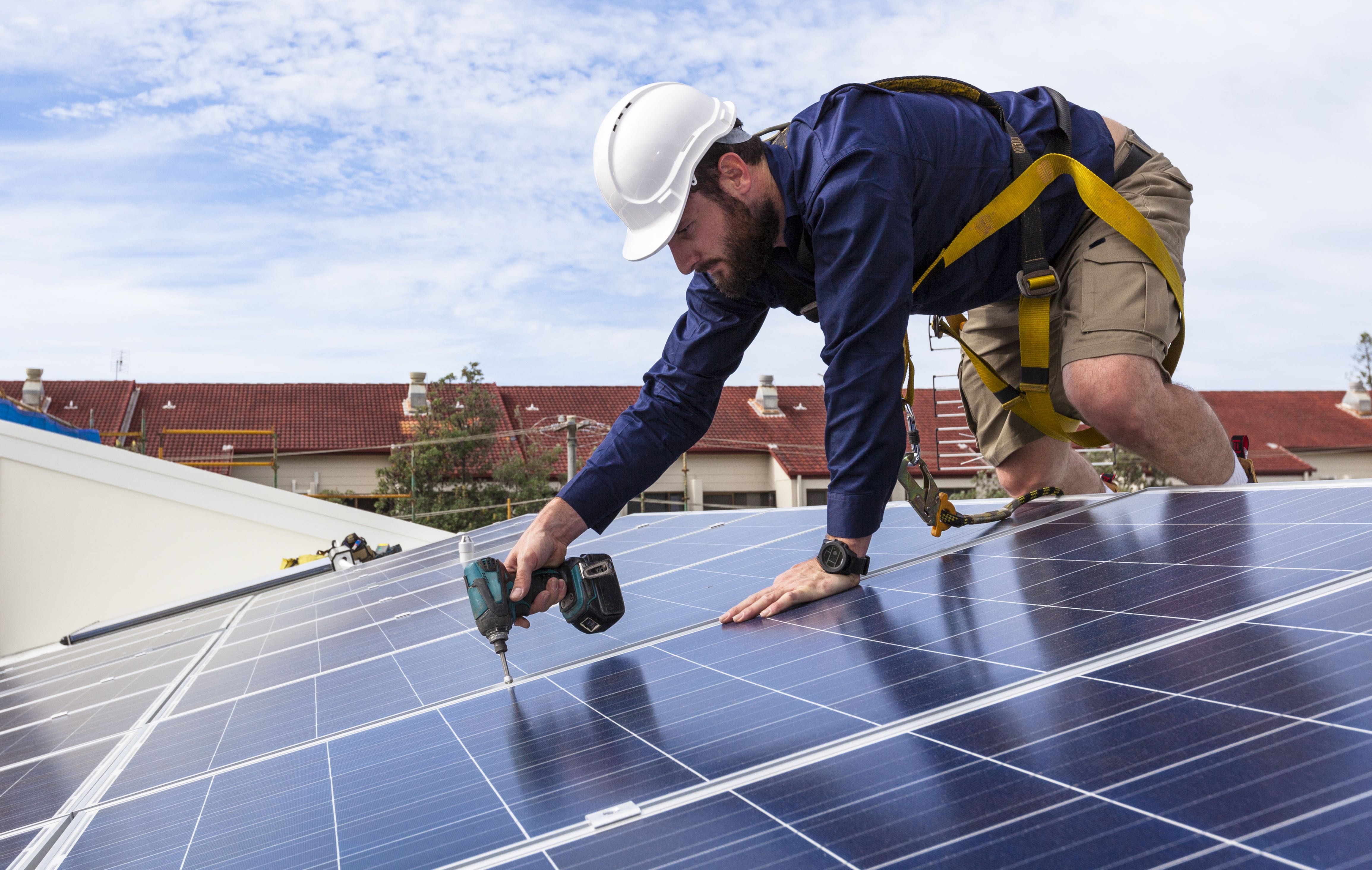
Labor’s climate policy puts Australia in the race

The Labor Opposition’s climate policy is more ambitious and in line with COP26, but will need accelerated action
Published 3 December 2021
The Federal Opposition Labor party’s much-anticipated climate policy promises lower electricity bills, better jobs and lower emissions. The headline figure is an emissions reduction target of 43 per cent below 2005 levels by 2030.
So how does this emissions reduction target measure up?

The target is significantly more ambitious than the Morrison Government’s “highly insufficient” interim 2030 target of a 26 to 28 per cent reduction on 2005 levels. While the Prime Minister made much of the Government’s new commitment to net zero by 2050 and its ‘projection’ to reduce emissions by up to 35 per cent by 2030 at the recent COP26 summit, it has no plans to update its international climate pledge.
In addition, the Government’s ‘plan’ to reach net zero emissions by 2050 has been heavily criticised as failing to provide a clear pathway for transitioning Australia’s economy.

Labor’s 2030 target is far more closely aligned with Australian state and territory climate commitments. Victoria has committed to emission reductions of 45 to 50 per cent, and New South Wales 50 per cent, by 2030. Smaller economies like South Australia (promising a 50 per cent reduction), Tasmania (already net zero) and the ACT (a 65 to 70 per cent reduction) are also forging ahead.
Attention is now likely to turn to Queensland (whose target is only 30 per cent by 2030, yet still ahead of the Morrison Government) and Western Australia (no interim target, but an update forthcoming).
On the global stage, Labor’s 2030 target is also more in line with the announcements of our international peers. For instance, the United States has set a target of a 50 to 52 per cent reduction from 2005 levels by 2030, Japan has pledged 46 per cent by 2030, and the European Union has announced it will reduce emissions by at least 55 per cent below 1990 levels by 2030.
India, notably, made headlines at COP26 when it announced it would achieve net zero carbon emissions by 2070, which was praised by scientists as a bold and ambitious announcement given the significant energy poverty challenges in the country.

Importantly, Labor’s 2030 commitment, if implemented in government, would satisfy Australia’s obligations under the Glasgow Climate Pact agreed at COP26, which “requests Parties to revisit and strengthen the 2030 targets in their nationally determined contributions as necessary to align with the Paris Agreement temperature goal by the end of 2022”.
The Labor party seems keen to reassert Australia as a climate leader on the international stage, with Shadow Minister for Climate Change and Energy Chris Bowen announcing that Australia will bid to host COP29 in 2024 in partnership with our Pacific Island neighbours.

Environment
What was achieved at COP26?
It is clear, also, that Labor sees that Australian business has been leading the charge for net zero and, to quote Opposition Leader Anthony Albanese, “it’s time for the Australian Government to come up to speed”.
How is labor planning to run this race?
Labor’s 2030 target is a significant improvement on the position of the Coalition Government. But much more will be needed to limit temperature rises to the 1.5-degrees goal of the Paris Agreement, including policies to turn words into action on accelerating emissions reductions over the next critical decade.
Labor says their 43 per cent target was reached after comprehensive modelling of climate policies and notes that these are estimated to result in 604,000 extra jobs by 2030 (with five out of every six located in regional Australia), unlock $A52 billion in private investment, and would cut household power bills by $A275 annually by 2025.

Much attention, though, will be paid to Labor’s reliance on the existing Safeguard Mechanism – a little-known aspect of the Coalition’s climate policy – to do the heavy lifting. The mechanism requires large greenhouse gas emitters, including miners, oil and gas companies, to keep their emissions below a baseline level. But the Morrison Government to date has set the threshold at a level where it has been ineffectual at producing significant emissions reductions.
Labor’s policy will be in line with the Business Council of Australia’s support for “[r]educ[ing] baselines predictably and gradually over time” to incentivise companies to reduce their emissions.

Sciences & Technology
Tech can do a lot, but won’t get us to net zero on its own
Other promises include building community batteries for household solar, creating new jobs and apprenticeships in renewable energy production, and a National Electric Vehicle strategy. Labor also plans to make electric cars cheaper by exempting vehicles below the Luxury Car Tax price threshold from the five per cent import tariff and 47 per cent tax fringe benefits tax on company and fleet cars.
Labor, however, has avoided the politically difficult area of fuel standards despite this being recognised by many countries as a key area for reform to drive down transport emissions and incentivise the uptake of electric vehicles.
Start running and then pick up the pace
Despite swift criticism from some, including the Greens, the Labor Party has now joined businesses, states and territories, and indeed, much of the rest of the world, to come to the starting line of the race to net zero.
This has the potential to put Australia in the running in global climate action, speeding past the existing policies of the Morrison Government.
Yet to get to the finish line and curb the worst of global temperature rise, all the world will need to pick up the pace to 2030, especially wealthy countries like Australia.
Banner: Getty Images

